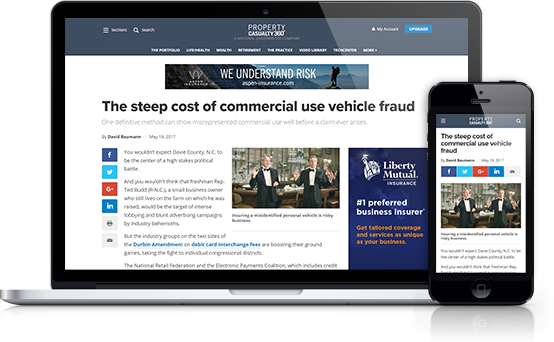Over the past several years, much has been done to promote awareness of windstorm mitigation discounts among residential H06 and H03 policyholders in Florida. Mandatory discount notifications, the My Safe Florida Home program and its associated grant money and free inspections, word of mouth, and more widespread promotion by insurance agents have all contributed to this trend, which has in turn has had a significant impact on premiums. This marked increase in awareness about windstorm mitigation is both necessary and commendable. In many cases, policyholders have been able to obtain insurance savings that make installing opening protection devices, bracing gables, or replacing a roof a more obvious economic decision. The array of incentives that help average Floridians make the right choices to protect themselves from hurricane-force winds benefits everyone who lives here.
However, there is another side to the windstorm mitigation inspection discount process that is equally important — especially to underwriters. As awareness of the windstorm mitigation inspection has increased, so has the sheer quantity of inspectors performing inspections, which now number in the thousands. This rapid growth has resulted in a widely varying level of quality control processes among inspection companies. While one company may subject its inspection data and supporting digital photos to hundreds of data validation checks and submit them to a quality control department run by a professional engineer, another may handwrite the inspection results on a paper form and leave it behind with the homeowner. Even for those inspectors specially trained to perform windstorm inspections, checks and balances for clerical or other errors may not be in place for every inspection. Handwritten forms may go unread and unnoticed until they land on an underwriter's desk.
The problem starts in Tallahassee. There are no Office of Insurance Regulation (OIR) guidelines for how to complete the inspection form beyond the language on the form itself. This opens the way for inspectors to interpret the questions on the form in subtly different ways that are contrary to underwriting department guidelines. Additionally, the forms may be signed by someone other than the person who physically performed the inspection. This can make it difficult (short of a discovery process in litigation) to identify the actual inspector. Unfortunately, fraud has become a topic of concern. Underwriters have reported numerous instances of inspectors not entering policyholders' homes or attics, an obvious prerequisite for a proper windstorm mitigation inspection. In the most egregious examples of impropriety, doctoring of the mitigation inspection form has occurred.
Recommended For You
Want to continue reading?
Become a Free PropertyCasualty360 Digital Reader
Your access to unlimited PropertyCasualty360 content isn’t changing.
Once you are an ALM digital member, you’ll receive:
- Breaking insurance news and analysis, on-site and via our newsletters and custom alerts
- Weekly Insurance Speak podcast featuring exclusive interviews with industry leaders
- Educational webcasts, white papers, and ebooks from industry thought leaders
- Critical converage of the employee benefits and financial advisory markets on our other ALM sites, BenefitsPRO and ThinkAdvisor
Already have an account? Sign In Now
© Touchpoint Markets, All Rights Reserved. Request academic re-use from www.copyright.com. All other uses, submit a request to [email protected]. For more inforrmation visit Asset & Logo Licensing.







